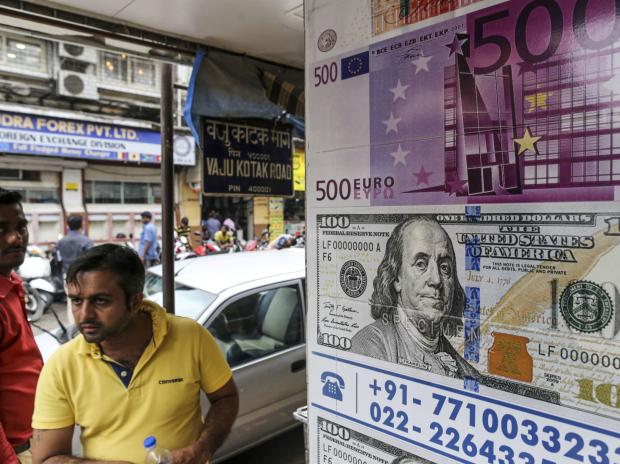India's foreign exchange reserves crossed $600 for the first time. As on June 4, the foreign exchange reserves stood at $605 billion, almost tying with Russia as the fourth largest reserve holder in the world.
While India’s forex reserve was $605.008 billion, Russia’s was $605.2 billion.
It took just about a year for the reserves to rise by $100 billion, which has generally been the pace of accumulation since Shaktikanta Das became the governor of the Reserve Bank of India (RBI) in November 2017.
The huge accumulation of reserves has also improved India’s import cover substantially. At the end of December 2020, the foreign exchange reserves cover of imports increased to 18.6 months. The ratio of short-term debt (original maturity) to reserves has declined to 17.7 per cent at end-December 2020. The ratio of volatile capital flows (including cumulative portfolio inflows and outstanding short-term debt) to reserves was 67.0 per cent at end-December 2020.
These are indicative of better elbow room for the RBI if there is a flight of capital.
The idea behind accumulation of reserves has been that it should work as a buffer when there is a taper tantrum like event.
The RBI must have enough forex reserves to stem a sudden rupee fall, should there be a taper tantrum like event as witnessed in 2013. However, the fast accumulation of reserves has made India be clubbed with other nations in the 'currency manipulator' watchlist of the US government. Das, however, has maintained that the reserves are an insurance for the emerging markets and India will continue to accumulate reserves as needed.
“Our forex operations are mainly driven by the consideration of maintaining the stability of the exchange rate, which, I think, we have been quite successful in. emerging market economies have to build up their own buffers and RBI is no exception to that,” governor Das said in the June policy interaction with the media.
The reserves are invested in foreign assets, such as US treasury bonds. However, in a low yield environment, the RBI is also struggling to generate enough returns on its investments. The annual report for 2020-21 showed that the rate of earnings on foreign currency assets was at 2.1 per cent in FY21, compared with 2.65 per cent a year ago.
 Dear Reader,
Dear Reader,
Business Standard has always strived hard to provide up-to-date information and commentary on developments that are of interest to you and have wider political and economic implications for the country and the world. Your encouragement and constant feedback on how to improve our offering have only made our resolve and commitment to these ideals stronger. Even during these difficult times arising out of Covid-19, we continue to remain committed to keeping you informed and updated with credible news, authoritative views and incisive commentary on topical issues of relevance.
We, however, have a request.
As we battle the economic impact of the pandemic, we need your support even more, so that we can continue to offer you more quality content. Our subscription model has seen an encouraging response from many of you, who have subscribed to our online content. More subscription to our online content can only help us achieve the goals of offering you even better and more relevant content. We believe in free, fair and credible journalism. Your support through more subscriptions can help us practise the journalism to which we are committed.
Support quality journalism and subscribe to Business Standard.
Digital Editor

RECOMMENDED FOR YOU